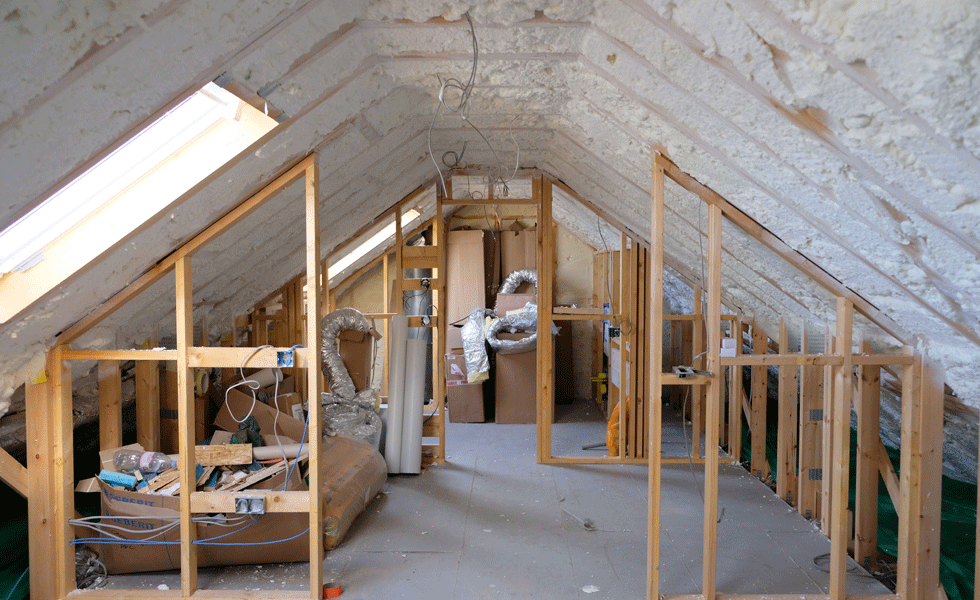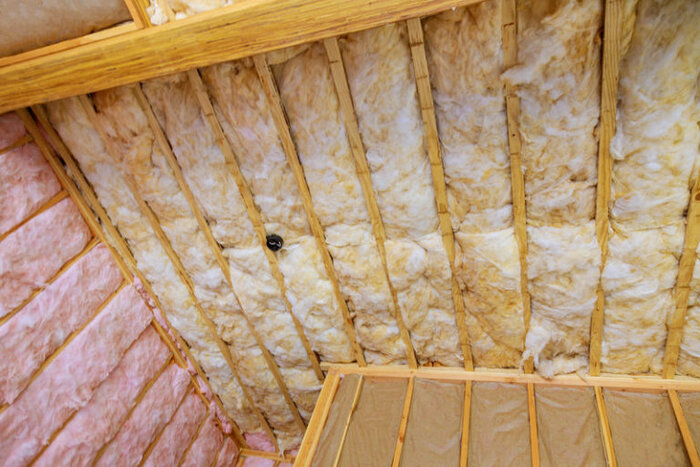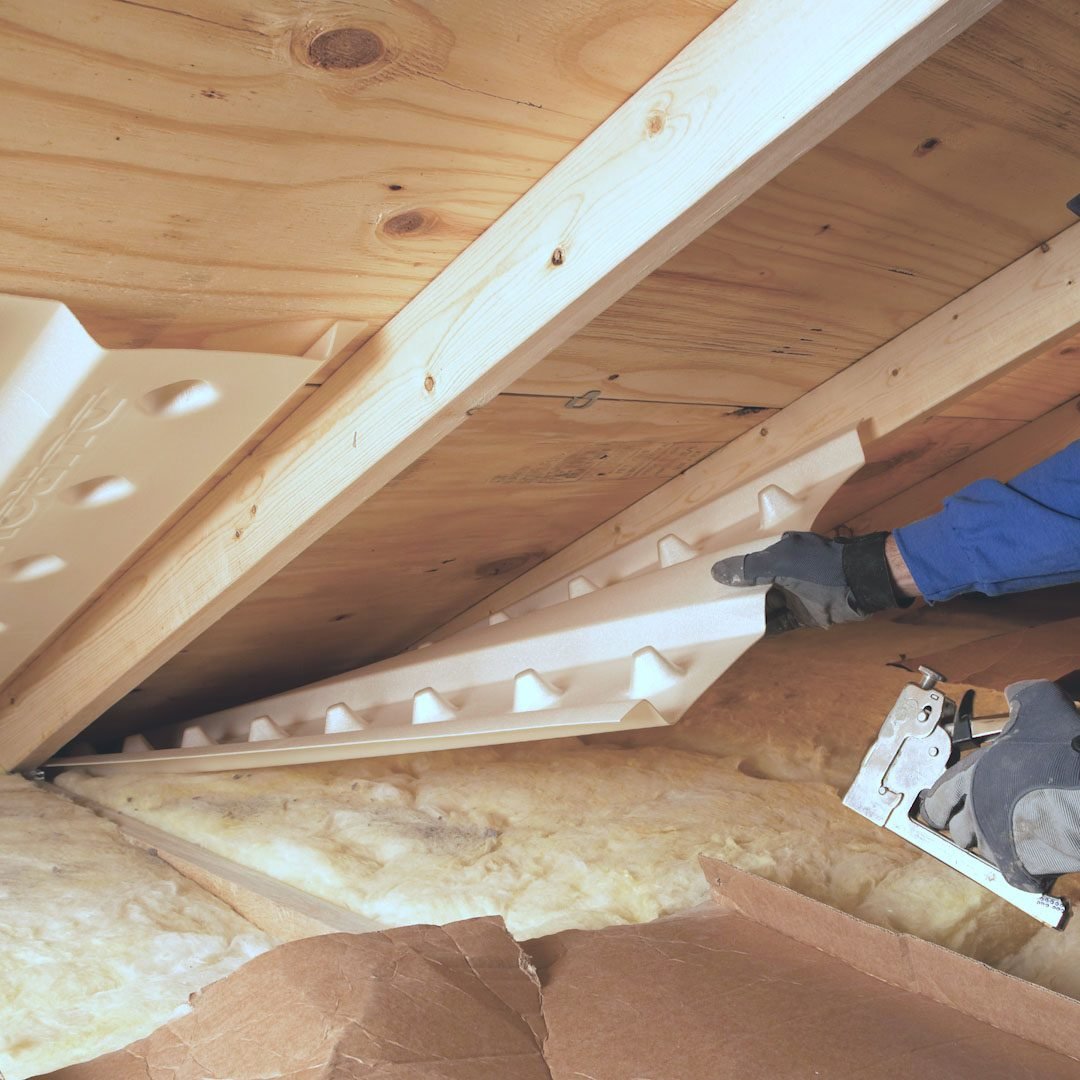Attic Insulation DFW: What You Need to Know Before Updating Your Insulation
Wiki Article
Discover the Different Types of Attic Insulation and Their Distinct Advantages for Your Home's Power Efficiency

Fiberglass Insulation
Fiberglass insulation is just one of one of the most commonly used products for attic room insulation as a result of its exceptional thermal efficiency and cost-effectiveness. Composed of small glass fibers, this material efficiently traps air, creating an insulating barrier that assists maintain constant indoor temperatures. Its high R-value per inch makes it specifically efficient at resisting warmth transfer, which is essential for power conservation in homes.
Installment of fiberglass insulation is reasonably straightforward, often available in batts or loose-fill kinds, accommodating numerous attic room configurations. Furthermore, it is resistant and non-combustible to moisture, minimizing the risk of mold advancement. This toughness adds to its long life, making fiberglass a viable long-lasting investment for property owners.
Additionally, fiberglass insulation is typically produced from recycled products, which boosts its eco-friendliness. The product can likewise add to soundproofing, reducing noise transfer in between areas. While it is important to wear safety gear throughout installment to avoid inflammation from the fibers, the total advantages of fiberglass insulation, including power financial savings and environmental factors to consider, make it a popular option for boosting attic room efficiency and promoting a comfortable living setting.
Spray Foam Insulation
Spray foam insulation is a highly efficient option for attic room insulation, understood for its exceptional air sealing and thermal performance. This innovative insulation product is made up of a blend of isocyanate and polyol resin, which, when integrated, increases rapidly to load voids and tooth cavities in the attic space. Its capacity to abide by various surface areas guarantees a constant obstacle against air leaks, considerably decreasing warm loss throughout chillier months and heat gain during warmer seasons.Among the key benefits of spray foam insulation is its high R-value per inch, which suggests it gives superb thermal resistance in a reasonably slim application. This is specifically beneficial in attic rooms where room is commonly restricted. In addition, spray foam can help reduce moisture build-up, lowering the threat of mold and mildew growth, which can be damaging to both the framework and indoor air top quality.
While the first price of spray foam insulation may be more than conventional options, its lasting power savings, paired with raised comfort and enhanced home worth, make it a rewarding investment for homeowners looking for boosted energy performance. Attic Insulation DFW. Generally, spray foam insulation attracts attention as a reliable remedy for enhancing attic room insulation
Cellulose Insulation

Cellulose insulation is a prominent selection for attic room insulation, primarily made up of recycled paper items treated with fire resistants. This eco-friendly alternative is recognized for its outstanding thermal performance, effectively lowering heat transfer in both summertime and winter season. The dense composition of cellulose allows it to load voids and voids in attic room rooms, offering a smooth barrier against air leaks.
One of the considerable advantages of cellulose insulation is its capability to withstand mold and pests, owing to the fire resistant therapies made use of during production. In addition, it flaunts a high R-value per inch, which equates right into superior energy efficiency. Property owners can anticipate reduced heating and cooling costs as a result of improved insulation.
Installation is generally completed through blowing loosened cellulose right into the wanted location, permitting a efficient and fast procedure. This approach additionally lessens interruption to the existing structure. Cellulose insulation has a reasonably reduced environmental impact, as its production procedure uses recycled materials, contributing to lasting building practices.
Rock Wool Insulation
Among the numerous alternatives for attic room insulation, rock wool, additionally recognized as mineral woollen, stands out due to its remarkable thermal and acoustic performance. Made from natural or recycled products, rock wool is produced by melting rock and rotating it into fibers, resulting in a best site product that provides outstanding insulation properties.Among the substantial benefits of rock wool insulation is its high R-value, which suggests its effectiveness in standing up to warmth circulation. This characteristic not just boosts energy efficiency but also adds to keeping a comfortable interior temperature level year-round. In addition, rock wool is naturally fireproof, making it a much safer option for homes as it can stand up to heats without melting or releasing toxic fumes.
Moreover, rock woollen insulation excels in soundproofing capacities, effectively lowering noise transmission in between areas and from outdoors sources. This makes it a suitable choice for homeowners looking for a peaceful living setting. Additionally, rock wool is moisture-resistant, assisting to stop mold development and preserving the structural integrity of the attic area. In general, rock wool insulation offers a comprehensive remedy for boosting power effectiveness, security, and convenience in property setups.
Radiant Obstacle Insulation
Radiant barrier insulation serves as an efficient option for reducing warmth transfer in attic rooms, specifically in warmer environments. This sort of insulation jobs by mirroring induction heat far from living areas, therefore minimizing the amount of warmth that gets in a home during hot weather - Attic Insulation DFW. Generally made up of a highly reflective material, such more info here as aluminum foil, glowing obstacles are set up in attic rooms, facing the roofing, where they can obstruct inbound warmth from the sunlightThe key benefit of radiant barrier insulation is its ability to lower air conditioning expenses. By mirroring warmth instead of absorbing it, glowing obstacles can aid maintain a much more stable indoor temperature, lowering the work on a/c systems. This performance equates right into reduced power expenses and raised convenience for home owners.
Along with power cost savings, radiant barriers can also contribute to enhanced interior air quality. By reducing warmth build-up, they help minimize humidity levels, which can protect against mold and mildew growth and boost total air circulation. When mounted correctly, glowing obstacle insulation can be a very useful enhancement to any energy-efficient home, making it a worthwhile consideration for home owners aiming to boost their attic room insulation technique.
Conclusion
In final thought, comprehending the numerous useful site kinds of attic insulation-- fiberglass, spray foam, cellulose, rock woollen, and glowing barriers-- enables house owners to make enlightened decisions regarding power performance. By picking the ideal insulation product, substantial decreases in power expenses can be achieved, along with enhancements in indoor comfort.

In final thought, comprehending the various kinds of attic insulation-- fiberglass, spray foam, cellulose, rock wool, and glowing barriers-- enables homeowners to make enlightened decisions regarding energy performance.
Report this wiki page